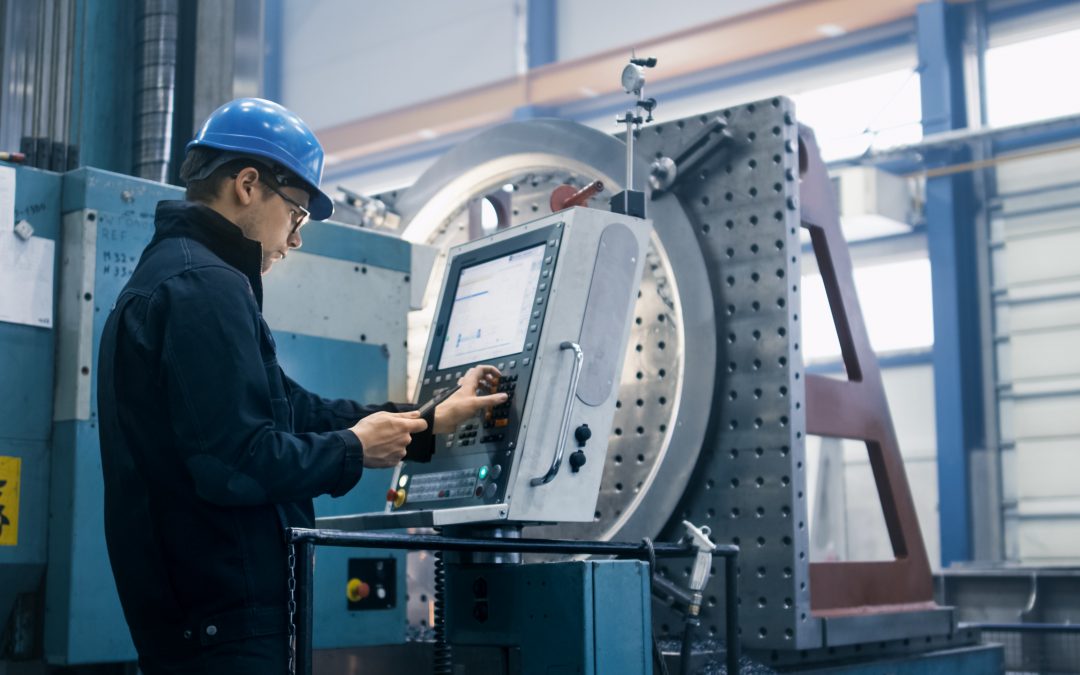Latest industry data shows that manufacturing productivity is on the decline. Q2 2019 saw a 2.2% dip in the relationship between real output and the labor time involved in producing the output. Previous quarters didn’t fare so well, either; since Q1 2018, the highest productivity increase was 1.4% but it generally stayed close to or below 1%. If this trend continues, finding efficiencies in your CNC manufacturing operations will become more critical than ever.
Fortunately, there are plenty of efficiencies to be had, as long as you know where to look. By adopting strategic and tactical methods, your CNC manufacturing operations will have the power to buck the trend of declining productivity and increase the output per labor hour – without requiring employees to work at breakneck speed. Here’s how to find efficiencies in your CNC manufacturing operations.
There are many steps involved in fully adopting lean manufacturing. However, you can start optimizing processes through process documentation, which will help you find efficiencies. For example, you may discover that maintenance parts are stored separately in a remote location of the facility, resulting in slower access to parts and longer downtime for machinery.
Organize and simplify the shop
Machinists need easy access to the required tools and components to do their jobs. The different sizes of milling cutters needed, materials for the finished product, and safety equipment should all be in predictable and logical places. Invest in quality shadow boards, and make sure you use a labeling system that requires minimal explanation. There’s no reason why a machinist should have to spend time searching for a milling cutter or a spare pair of safety glasses.
You can simplify the shop floor in several ways. Necessary documentation should be written at a level that even the newest employee is able to understand. The need for calculations can also be minimized by including the plus-and-minus tolerance specifications on process drawings. These actions save time, help limit duplicated effort, and also make it possible for newer or less-skilled employees to complete tasks with fewer mistakes.
Improve machine life
Nothing eats away at productivity like having to troubleshoot issues with the CNC machines and find repair parts. If you can improve the life of your machines and reduce the amount of time spent repairing them, you can reclaim that lost productivity.
One way to improve the life of your machines is through predictive maintenance. This involves monitoring operating parameters and keeping detailed records, like tracking spindle temperature and vibration on a monthly or quarterly basis. Often, CNC operators will keep running a machine with cutting tool chatter and spindle vibration, both of which are indicators of a potential problem, unless these don’t affect the finished part. By keeping tabs on operating parameters, you’ll know when to change parts or recalibrate the machine.
Additionally, the right lubricants and cooling fluids can make all the difference. Using the right coolants for specific applications can reduce the wear and tear on tools. The right cutting fluid, in particular, will reduce metal-to-metal contact and protect your machinery from corrosion, requiring fewer repairs.
Despite the decreasing productivity in manufacturing, you can gain an advantage in your own facilities. Lean manufacturing processes, organization and simplification, and extending your tool life can go a long way toward finding efficiencies in your CNC manufacturing operations. Your productivity will improve, and so will the bottom line.

